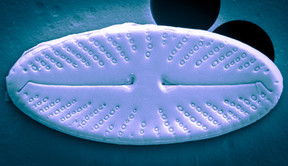“It’s very hard to unpollute soil,” says Dr Carlos Wetzel, researcher at the LIST.
For nonspecialists, it might be surprising to learn that the legal frameworks for protecting soil are not as mature as those for air and water. In fact, it was only last year that the European Commission announced the creation of the soil health law, slated to come into effect in 2023. This law will legally protect soil in Europe the way air and water already are.
Far less surprising, of course, is that we depend on soil for the health of our ecosystems, planet and lives. Nor that it has been suffering, with the European Commission reporting that between 60% and 70% of European soils are “unhealthy”. Besides longer-term existential implications, soil degradation has an immediate economic impact too: at a soil sustainability workshop hosted by the LIST in December, it was suggested that costs related to soil degradation might be as high as several millions of euros per year in the grand duchy.
In this context comes Dr Wetzel’s research, which is taken up wholly with something called a diatom. The big picture of his project is to map the current health of the soil in Luxembourg, so as to subsequently create a biological quality index against which future degradation and improvements can be measured, monitored and better understood.
“It takes around 1,000 years to form a centimetre of soil,” says Wetzel. “You shouldn’t just… throw it away.”
![Wetzel, with one of the LIST’s microscopes behind him. “It’s amazing what you can see [with the microscope],” he says. “It’s mind-blowing.” Photo: Maison Moderne](https://assets.paperjam.lu/images/articles/a-new-metric-for-measuring-soi/0.5/0.5/640/426/479867.jpg)
Wetzel, with one of the LIST’s microscopes behind him. “It’s amazing what you can see [with the microscope],” he says. “It’s mind-blowing.” Photo: Maison Moderne
The community
When it comes to looking at the health of microscopic communities in water or soil environments, Wetzel comments: “It’s about who is there and how many of them. There will always be someone.”
By “who” he is referring to diatoms, single-celled organisms made of silica. They live everywhere in the world and in great abundance and diversity, with about 70,000 different species so far described. They are also photosynthetic, meaning that they capture carbon.
Diatoms are prevalent in water, where they have been studied extensively for decades. “You know the biofilm that covers the rocks when it’s slippery inside a river?” asks the researcher. “Well, you’re stepping on diatom communities.” Wetzel is actually not a soil specialist but rather a diatom expert whose studies focused on aquatic environments. A native of southern Brazil, he did his PhD on diatom communities in the Amazon basin.
Diatoms have long been an important bioindicator for monitoring aquatic environments, but it wasn’t until recently that their presence in soil became of interest. Wetzel was working on a project aimed at identifying the diatoms that were coming into streams from outside sources, i.e. from terrestrial environments. “And we realised that we didn’t know much about what was outside the stream,” he says. “We knew that diatoms could live in soil, but most of the research done on it was really in the past.”
“And so we realised that we must start sampling outside streams.”
Wetzel managed to get two PhD students to start these investigations, and then in 2017, hearing that the European Commission was beginning to discuss a framework for soil health, he proposed—in collaboration with the Administration of Technological Agriculture Services (ASTA)—his current project to the Luxembourg National Research Fund (FNR). The project is known as DISCO: Diatoms as Indicators of Soil Conditions.
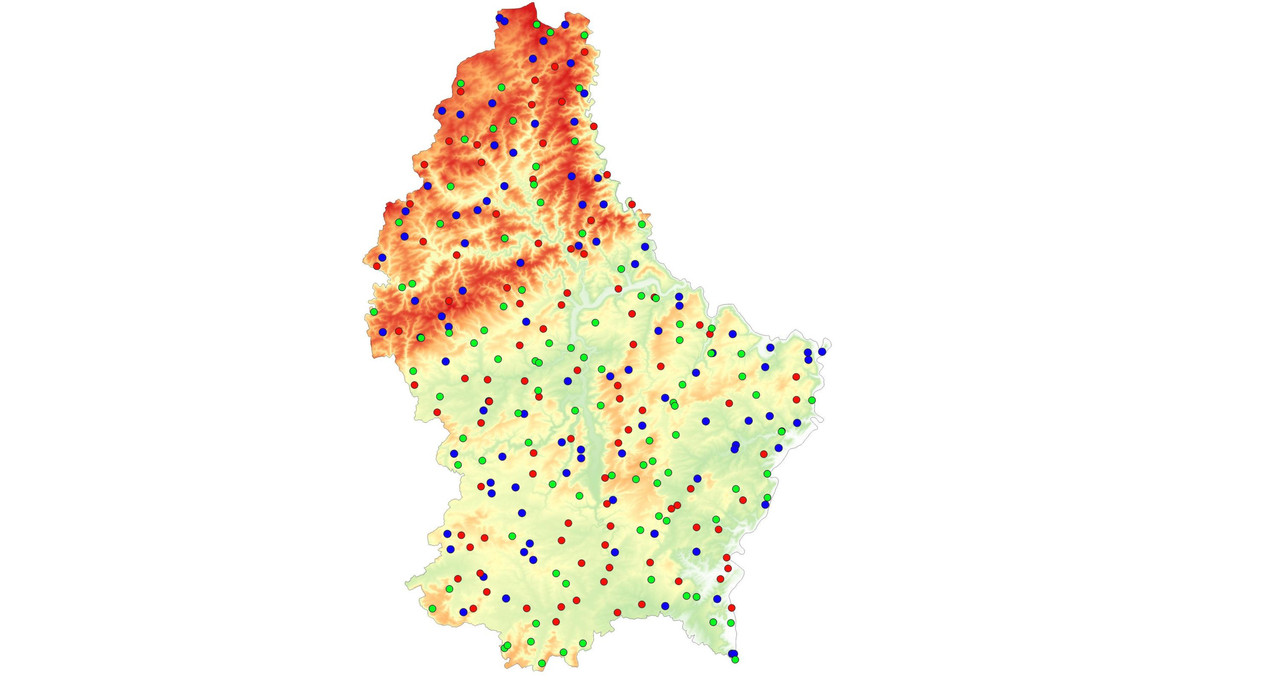
The sites where Wetzel gathered soil samples in the grand duchy. Image: Carlos Wetzel
Into the wild (briefly)
Funding secured, the biologist then began collecting samples from Luxembourg, which despite its size is (he reports) geologically diverse. He sampled 288 sites, careful to maintain a balance of terrain types (arable lands, grasslands, forests), and has been examining and classifying his discoveries ever since.
“We are basically taxonomists,” he says. The work involves looking at which diatoms are present where, which sounds easy enough but, by all means, is not. It requires blending two methods of observation, powerful microscopical techniques and large amounts of data gathered with high-throughput molecular sequencing, to be sure of what’s really in the sample. One of these methods consists of a visual analysis while the other involves gene sequencing. “This is the biggest challenge,” he says, “because what I see here [under the microscope] is not always the same information we get from the molecules. They’re two different worlds.”
“Sometimes even the species concept is difficult,” he continues. “For example, it’s a matter of thresholds.” Classifications are subjective but must also be reproducible, meaning that researchers anywhere in the world should be able to follow them.
He then makes ecological profiles of the region where the sample was taken, from which the quality index can eventually be created.
It sounds arduous and (as a pastime) a bit granular, but for Wetzel it is positively energising. “Each sample is a new world… this is what I want to do for the rest of my life. But it’s not possible.” He laughs. “Deadlines are coming, you know.”
Thanks to the work of Wetzel and his colleagues at the Observatory for Climate, Environment and Biodiversity (OCEB), and their frequent publication rate, the LIST has become the world’s foremost centre for research of this type. People from around Europe come to the institute to get help with their own samples.
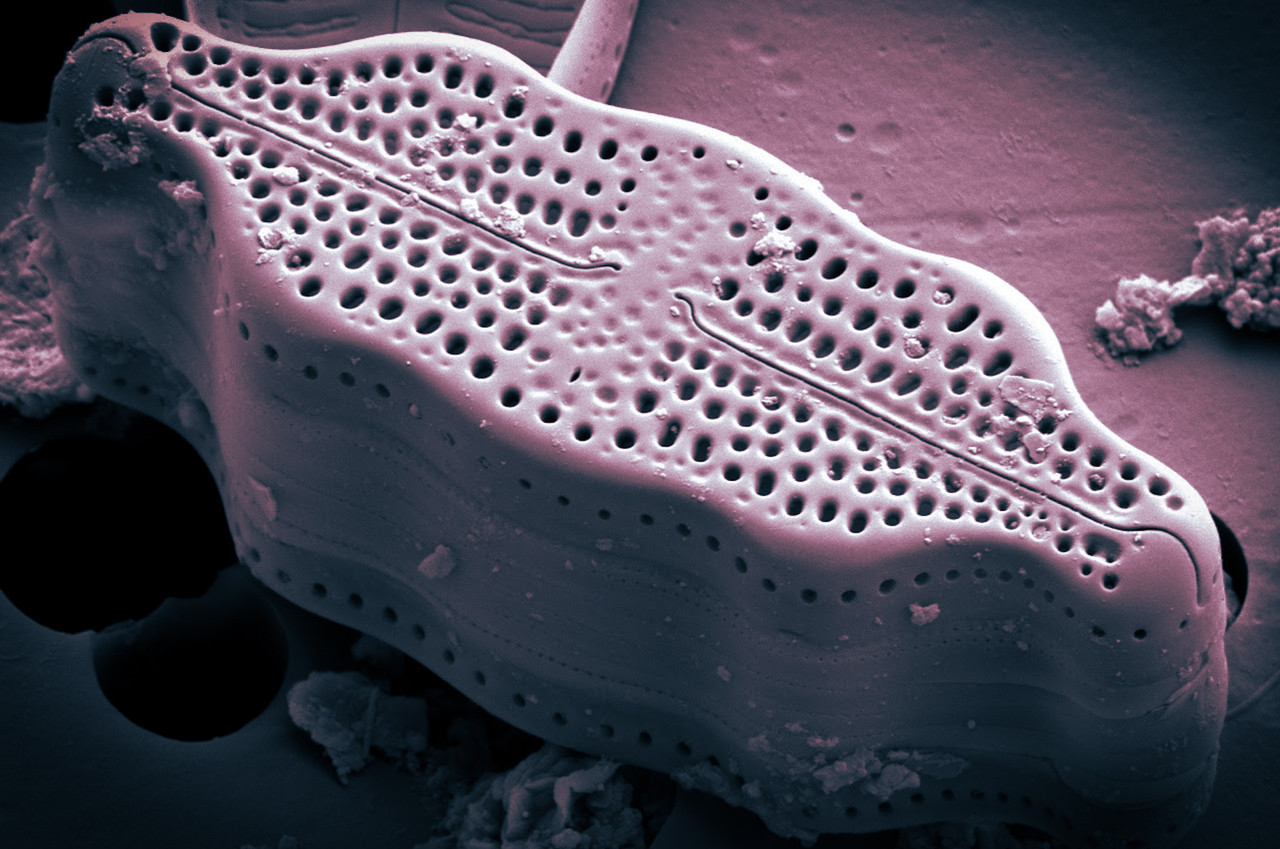
![Wetzel says that he has discovered about 15 novel species of diatoms. “It's difficult to prove that [a species] is new,” he comments. Image: Carlos Wetzel](https://assets.paperjam.lu/images/articles/a-new-metric-for-measuring-soi/0.5/0.5/704/470/479875.jpg)

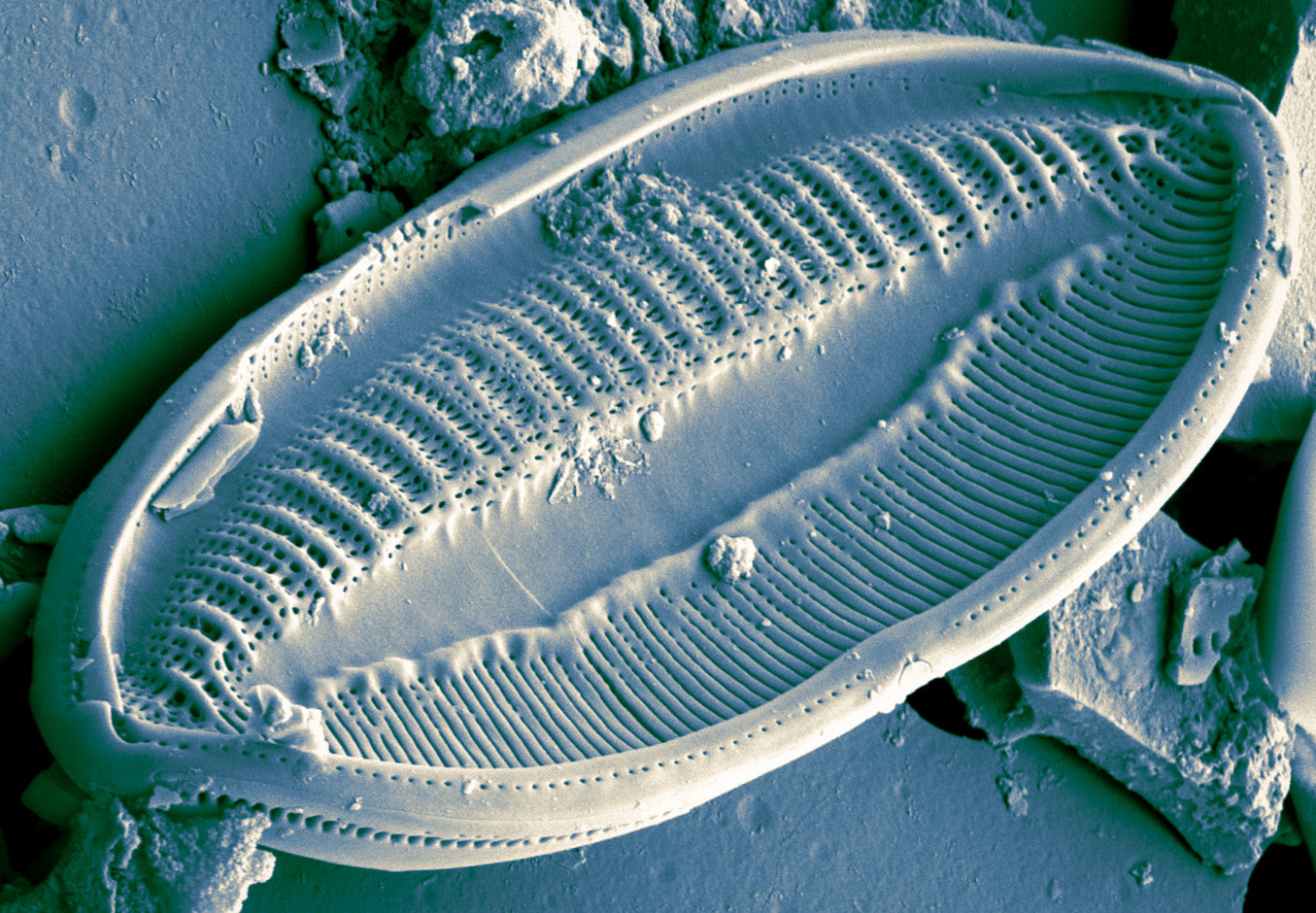
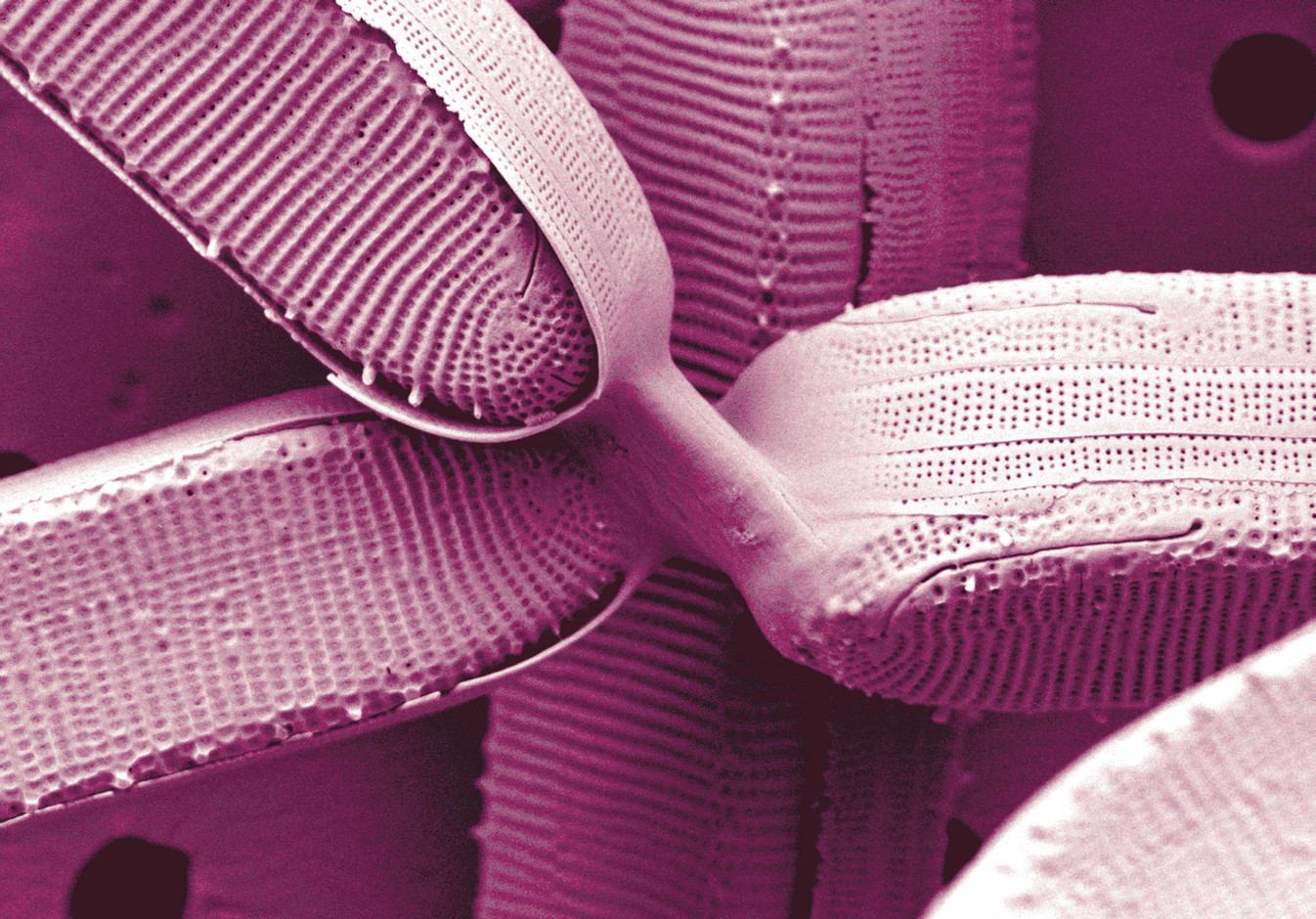
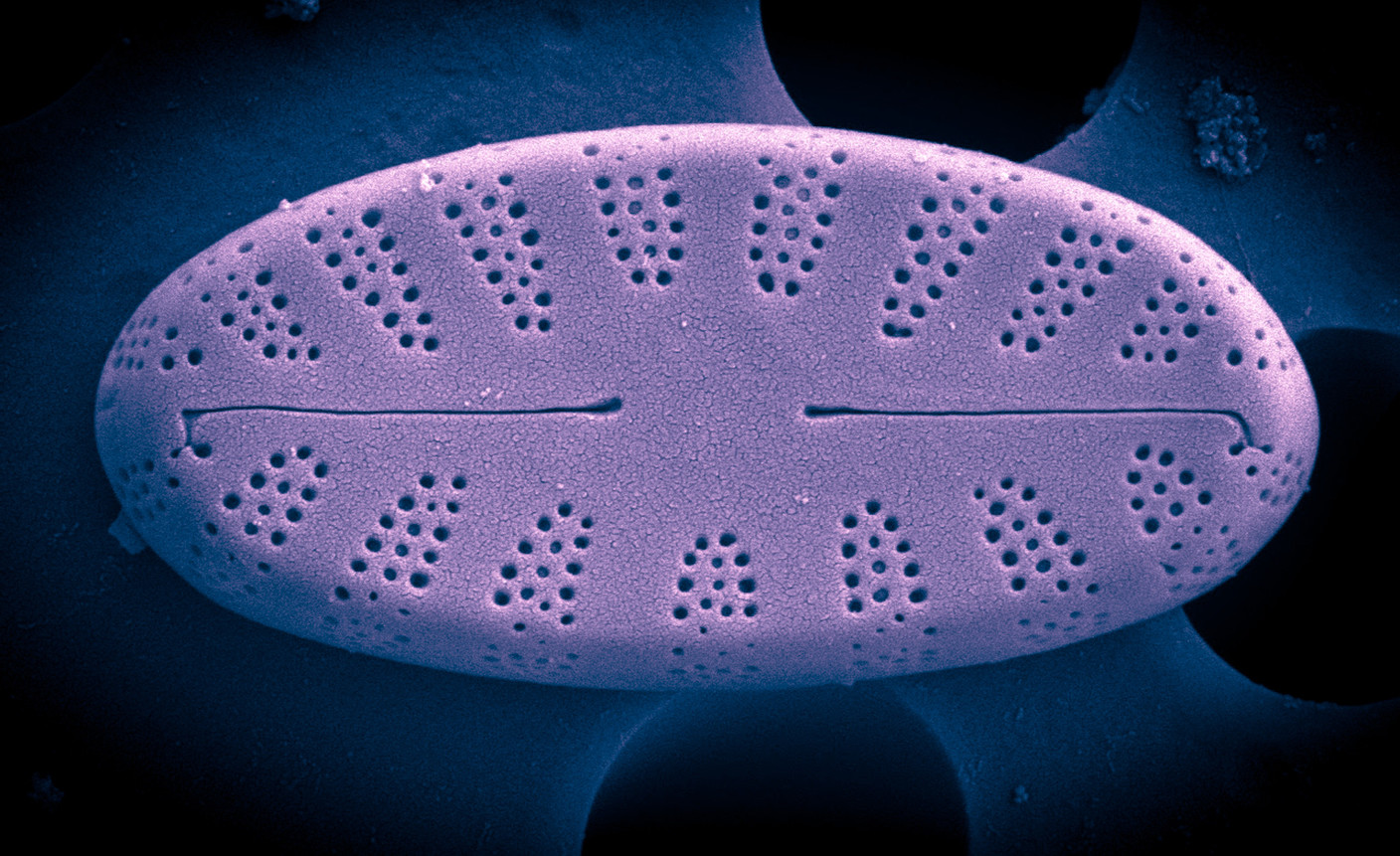
![Wetzel says that he has discovered about 15 novel species of diatoms. “It's difficult to prove that [a species] is new,” he comments. Image: Carlos Wetzel](https://assets.paperjam.lu/images/articles/a-new-metric-for-measuring-soi/0.5/0.5/144/97/479875.jpg)
